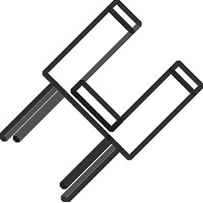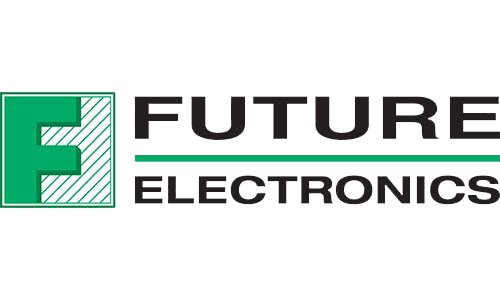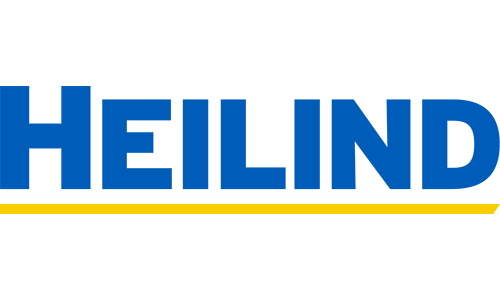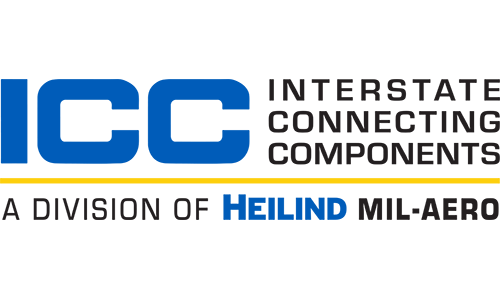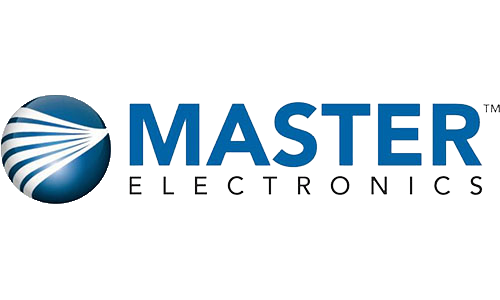AS9100
What it is, why it’s essential to the aerospace industry, and why not every vendor can achieve AS9100 registration.
Lives and missions depend upon the reliable performance of systems in the aviation, space, and defense (ASD) sector. As a result, aerospace manufacturers must not only meet customer specifications, but also regulatory and legal requirements for the quality, reliability, and safety of their equipment.
AS9100 is a quality management systems (QMS) standard that is tailored to the specialized requirements of ASD industries (ASD). It was crafted to provide a QMS framework that enables ASD suppliers to consistently produce safe, reliable products suitable for mission-critical applications.
By choosing vendors with AS9100 registration, aerospace manufacturers and airlines can be confident that the parts they use will meet industry needs and regulatory requirements.

Meet AS9100
Developed by the Society of Automotive Engineers (SAE) and its spin out, the International Aerospace Quality Group (IAQG), “Quality Management Systems – Requirements for Aviation, Space, and Defense Organizations (AS9100D)” is part of a group of global standards. It applies to the engineering, production, handling, repair, and testing of products for the ASD sector. As such, it also encompasses supply-chain qualification and management.
AS9100 is based on ISO-9001, upgraded with more stringent requirements that address a broader set of ASD concerns. Some of the modifications include ensuring product safety over the entire lifecycle of the equipment, a greater focus on risk management and avoidance of counterfeit parts, and responsibility to on-time delivery and production of parts that meet specifications. AS9100 uses ISO-9001 as a springboard to enable aerospace manufacturers and airlines identify suppliers that will consistently deliver products they can trust.
How AS9100 Helps Ensure Quality
ISO-9001, AS9100 is built around 10 clauses. Clauses 0-2 lay out the basis for the standard – intention, scope, and references. The meat of the standard lies in clauses 3-10. That is where AS9100 guides manufacturers through the process of developing a QMS that will deliver the level of parts that aerospace manufacturers and airlines need.
Clause 3. Terminology
Discussing concepts requires consensus around terminology. Clause 3 of ISO-9001 defines the language that will be used throughout the standards process.
How AS9100 goes further: AS9100 adds more stringent ASD-specific definitions for risk and safety.

Clause 4. Context of the organization
Clause 4 of ISO-9001 covers establishing the quality organization, defining the issues to be monitored, and creating QMS processes for doing so.
How AS9100 goes further: Safety-critical applications like aviation require strict traceability. AS9100 calls for establishing documentation procedures to ensure capture and storage of necessary records.
Clause 5. Leadership
ISO-9001 recognizes that commitment to quality is a top-down effort. Upper management is expected to lead the QMS effort, from corporate philosophy to policy and personnel.
How AS9100 goes further: AS9100-certified organizations appoint a specific management representative to bring extra focus to the most important QM issues.
Clause 6. Planning
This clause guides companies through identifying quality objectives and developing a risk matrix and risk mitigation program. Because technologies and use cases constantly change, procedures also need to be put in place for updating the QMS.
How AS9100 goes further: Given the importance of risk management to ASD systems, AS9100 moves guidance for risk identification and mitigation to an expanded section of the operations clause, where they will get more attention (see below).
Clause 7. Support
With Clause 7, the standard begins to move beyond the structural aspects to target activities necessary for supporting a QMS in the production environment. Clause 7 encompasses acquiring the tools, monitoring procedures, and skilled personnel necessary to support the QMS.
How AS9100 goes further: The philosophy of AS9100 is that employees will be more committed to best practices if they understand the critical function of the part they’re building and how their activities can affect product quality and performance. The standard also calls for ethics training and for protection of digital data.
Clause 8. Operation
The heart of ISO-9001 lies in Clause 8, which focuses on operations. It provides guidelines for defining product requirements; creating detailed procedures for design, development, and production; and verifying product conformance.
How AS9100 goes further: Because of the importance of reliability to the ASD sector, AS9100 places greater emphasis on operational planning for risk management. It expands the definition of product safety to the entire lifecycle of the product.
It also adds responsibility for supply-chain validation, including a special focus on preventing the use of counterfeit parts and planning for parts obsolescence. It calls for detailed change management procedures, including requirements for approval of design changes (and customer notification). Finally, and crucially, it mandates a procedure for addressing the production of nonconforming parts.
Clause 9. Performance Evaluation
Evaluating performance is the fundamental function of any QMS. Organizations need to define criteria for evaluating products and performance and establish monitoring processes, including key performance indicators (KPIs) and customer surveys. Leadership also needs to maintain responsibility to address any nonconformance issues that arise.
How AS9100 goes further: One of the early ASD customer complaints about AS9100 was that some suppliers could maintain certification, even when they were delivering faulty product or failing to meet deadlines. The AS9100D update addressed these concerns in Clause 8 by adding the nonconforming parts requirement and in Clause 9 by requiring management to monitor the organization’s record for on-time delivery.
Clause 10. Improvement
One of the most important functions of a QMS is its ability to push the conversion of quality data into substantive improvements in products and services. In ISO-9001, the quality organization is tasked with creating procedures for using input from operations and performance evaluations to address any failures to meet objectives.
How AS9100 goes further: As part of the revision to ensure that AS9100-certified suppliers deliver quality parts, the standard requires specific processes for modifying supply chain and manufacturing procedures in order to prevent any nonconformities that arise.
It’s important to bear in mind that certification is a process, not an event. Organizations need to continue internal audits and activities, in the spirit of Clause 10. They are required to undergo an annual surveillance audit by their registering agency. Every three years, they need to undergo a complete certification audit. These requirements ensure the quality is always top of mind.
AS9100 Takeaways
American Bright’s factories are proud AS9100 certified manufacturers and can attest to the fact that the process requires the full commitment of the entire organization. It’s not simply a set of documents, it’s a process that focuses our team on a single goal – producing safe, reliable, high-quality parts for aerospace manufacturers and airlines, and delivering them to customers on time.
References
- Quality Management Systems – Requirements for Aviation, Space, and Defense Organizations AS9100D, SAE International and the European Association of Aerospace industries.
- The standard is denoted EN9100:2018 in Europe and JISQ 9100 in Asia.





